3 Principles to Evidence Preservation in Indiana Personal Injury Cases
In Indiana, after an incident occurs, the period immediately following is the most critical time for establishing the foundational facts of a potential civil matter. Many individuals, focused on safety and recovery, fail to recognize the legal imperative to document and preserve all relevant information.
This guide details the crucial steps you must take to secure the necessary facts under Indiana law. In complex scenarios involving digital or physical evidence that is at risk of being lost or requires technical analysis, a lawyer from Tandy Law Firm can help ensure your factual foundation is sound and procedurally compliant.
1. Immediately Document the Scene and Conditions
The initial record of the incident scene is non-negotiable. Indiana law often relies on detailed visual documentation to establish liability and context.
- Comprehensive photography: Use a smartphone camera to capture both wide shots and extreme close-ups. Focus on specific structural damage, tire marks, debris, safety hazards, and environmental factors such as lighting conditions or temporary obstructions.
- Time and date stamping: Ensure your phone’s camera settings capture a time and date stamp. This data carries substantial weight, as it demonstrates that the facts existed before external factors could alter the situation.
- Official notification and reporting: Immediately contact the appropriate authority. For vehicle collisions, call the police to generate an official Indiana Accident Report. For a slip-and-fall, notify the property owner or facility management (and document who you spoke to). For an animal incident, alert Animal Control or the local police department. This official notification is the first step in creating a documented, third-party record of the event.
Once you have documented the scene and alerted the proper authorities, your focus should shift to your well-being. When you report the incident, you activate a legal record that your legal team can later use. Do not attempt to physically secure major items or manage a complex “chain of custody.” That level of evidence handling is best left to official investigators or professionals retained by your lawyers.
2. Identify and Request Digital Evidence
In modern legal matters, critical facts are often captured digitally, but this evidence is highly volatile. Under Indiana law, the duty to preserve relevant information arises when a legal dispute is reasonably anticipated.
- Note nearby cameras if the event happened near a business or home, and ask the owner or manager to keep the footage from that time. Your goal is to prevent deletion, not to obtain a copy immediately.
- Save all your own messages or emails connected to the incident. Avoid deleting or editing anything, as removing material once legal action is possible can be considered spoliation of evidence.
- Keep original photo files untouched. Their metadata, showing time, date, and location, helps prove when and where they were taken.
Your legal team will eventually send formal preservation letters to secure critical third-party evidence, such as traffic light camera footage, commercial security video, and dashcam recordings, as businesses and government entities are generally unwilling to hand over proprietary recordings to an unrepresented individual. However, the essential first step you can take is to protect the information you personally control.
3. Collect and Vet Witness Information
If you are severely injured, your only priority at the scene is medical attention. This key outlines what is essential for the least-injured party to do right after the accident, and where the heavy lifting shifts entirely to your legal team.
If your injuries permit, or if a friend or family member is present, the critical task is to collect the full legal name and contact information (phone and address) of anyone who saw the incident. You are not interviewing them or asking for formal statements; you are simply preserving their identity so your legal team can contact them later.
The preparation and disclosure of testimony is a complex legal duty that only a legal team can handle. If technical issues are involved, such as determining a failure in a vehicle component or analyzing the coefficient of friction in a fall, the legal team must quickly engage an Indiana-qualified witness. Indiana Trial Rule 26 requires detailed and timely disclosure of all opinions and their underlying data to the court and opposing parties.
The identity of a witness is a raw fact you can secure; the formal process of calling them for testimony and preparing their sworn statements is entirely the domain of your legal team, who ensures these actions comply with Indiana’s strict rules of evidence and procedure.
The Power of Proactive Evidence Preservation
Evidence is the lifeblood of any civil matter in Indiana. The steps taken in the first hours and days after an incident will define the scope and viability of the claim. Practical evidence preservation requires discipline, speed, and knowledge of the rules governing spoliation and discovery. In this way, you ensure that your legal team has the strongest possible factual foundation to proceed.
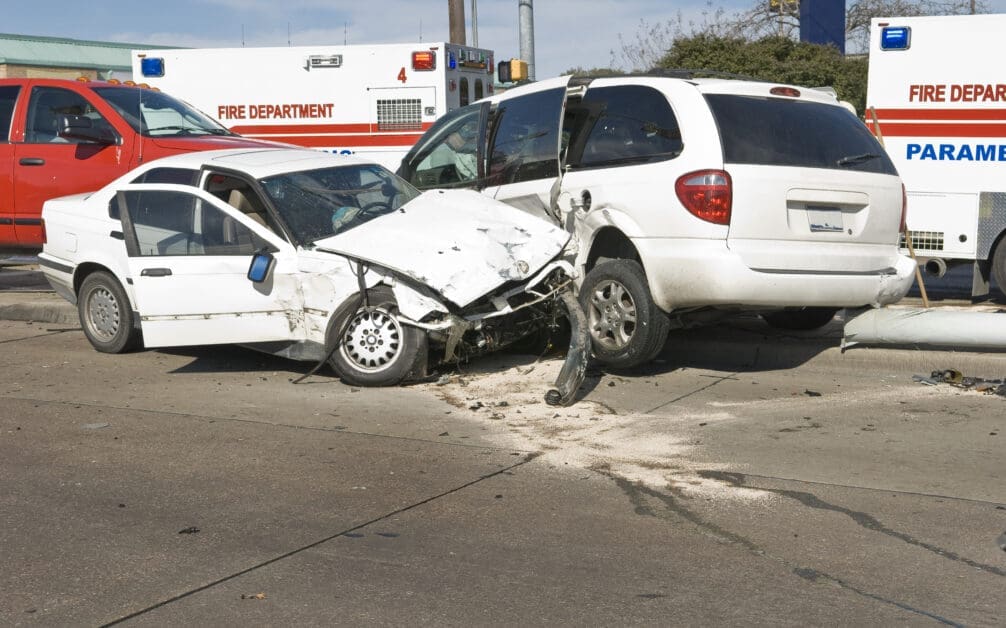



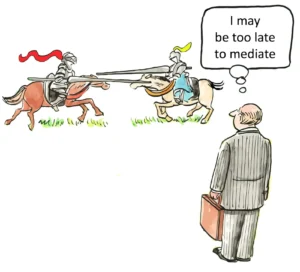
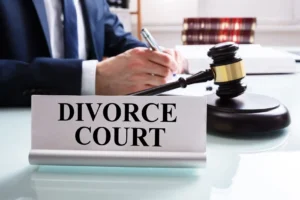
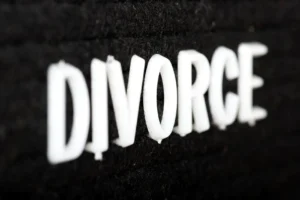
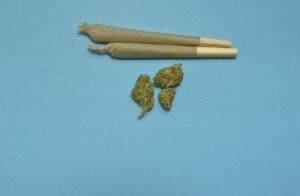


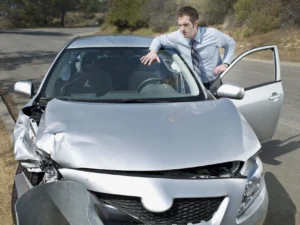
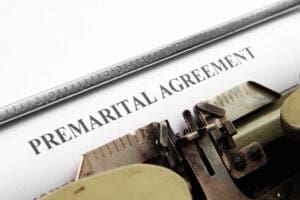


![Life Insurance – The Ultimate Estate Planning Tool [Video] - Attorneys.Media - Legal Expert Interviews & Trusted Advice Watch: Life Insurance – the Ultimate Estate Planning Tool with Andrew Dósa – Tacoma & Oakland](https://b3514829.smushcdn.com/3514829/wp-content/uploads/2025/09/life-insurance-form-SBI-300194206-300x200.jpg?lossy=2&strip=1&webp=1)





